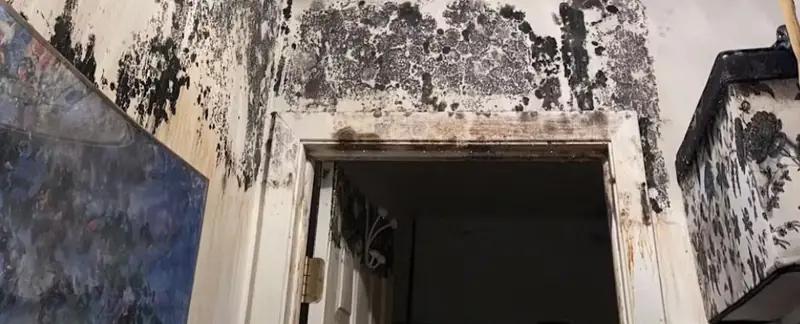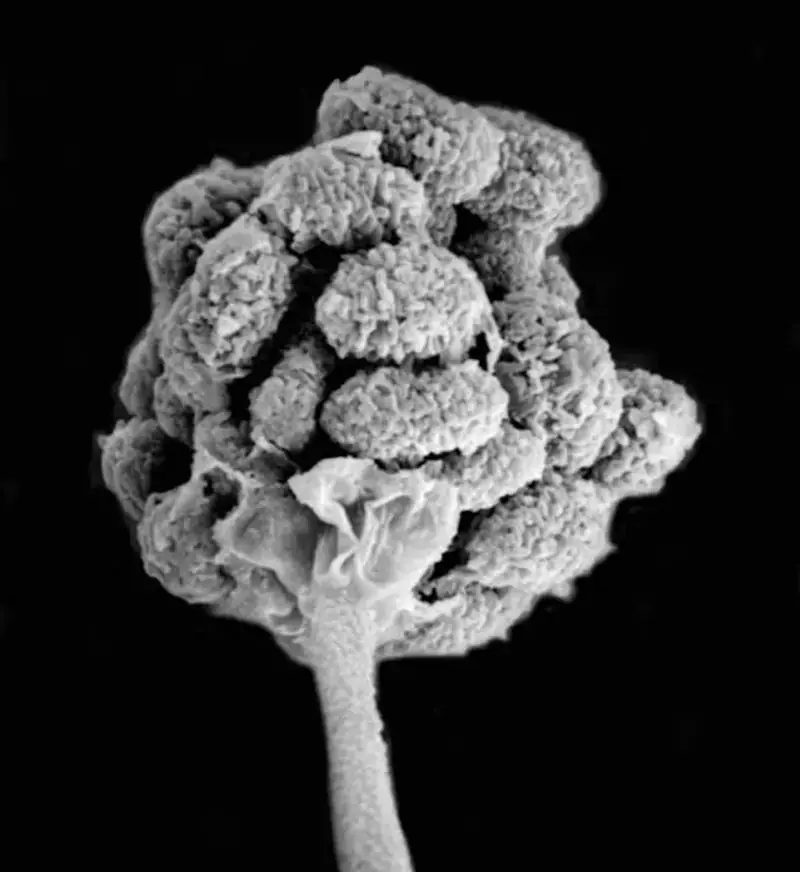
Many people are aware that microscopic fungi, which invade the walls of homes, can cause asthma and other types of allergies. Meanwhile, Professor of Biology Nicholas Mani from the University of Miami (USA) believes that mold in indoor environments is responsible for even more serious health issues.
Ubiquitous Mold
Mold can be found almost everywhere: on houseplants, food in the pantry, on both the exterior and interior surfaces of buildings, in cracks on concrete walkways; what’s more, these fungi even coexist peacefully on our bodies.
However, mold can also be desirable and even beneficial. This isn’t just about the mold that cheese connoisseurs are willing to pay top dollar for. Microscopic fungi are excellent recyclers, enriching the planet with fresh nutrients by breaking down organic materials.
It’s no secret that all fungi, including mold, produce tiny spores that spread through the air. Mold contains a vast number of these spores, and we constantly breathe them in, especially when mold has taken over our homes.
Professor Mani explained that when these spores land on surfaces, they germinate, forming threads that elongate and branch out. This leads to the spread of spider-like colonies across surfaces. Once mold colonies settle in a new location, they will produce a new generation of spores.

Where Does Mold Settle Indoors?
Mold can thrive even in the cleanest of homes. It primarily grows under sinks, on shower curtains, and in the drains of dishwashers and washing machines. In humid climates, it almost inevitably attacks walls.
According to Professor Mani, there are actually numerous species of mold that grow indoors. Only a biologist can identify them. The types of mold commonly found in homes include Aspergillus and Penicillium, which are difficult to distinguish, as well as Cladosporium and Chaetomium, which prefer damp carpets.
Stachybotrys is another common fungus in our homes: it is most often found under flower pots.
When Does Mold Become a Problem?
Mold growth becomes a problem when it forms large brown and black patches, literally eating away at surfaces. If the affected area is smaller than a pizza box, it can likely be cleaned up on your own.
However, widespread mold growth requires serious intervention from professionals. This may even involve significant repairs to the home. But first and foremost, in such cases, it’s essential to consult an indoor air quality specialist. They will measure the concentration of spores in the house. High concentrations of spores can be quite dangerous to health, as noted by Science Alert.
If the level of spores in the home exceeds their level in the outdoor air, mold will continue to spread indoors. The specialist will conduct professional air sampling, identify the problem, and help resolve it.

Why Should You Fight Mold in Your Home?
Mold indoors creates three main problems, Professor Nicholas Mani pointed out. First, it damages living spaces by discoloring surfaces and creating unpleasant odors.
Second, its airborne spores pose numerous health risks: asthma, allergic rhinitis, hay fever, and more. Third, some types of mold produce toxic chemicals known as mycotoxins.
Stachybotrys—commonly known as toxic black mold—is particularly hazardous to children’s health. In the 1990s, its spread in Cleveland was linked to pulmonary hemorrhage in infants. The spores of black mold are sticky and do not disperse easily in the air. However, developing children’s lungs are highly vulnerable to its effects.
Understanding that mold in the home has become a threat can help residents avoid unnecessary stress and protect their health, Professor Mani noted.
